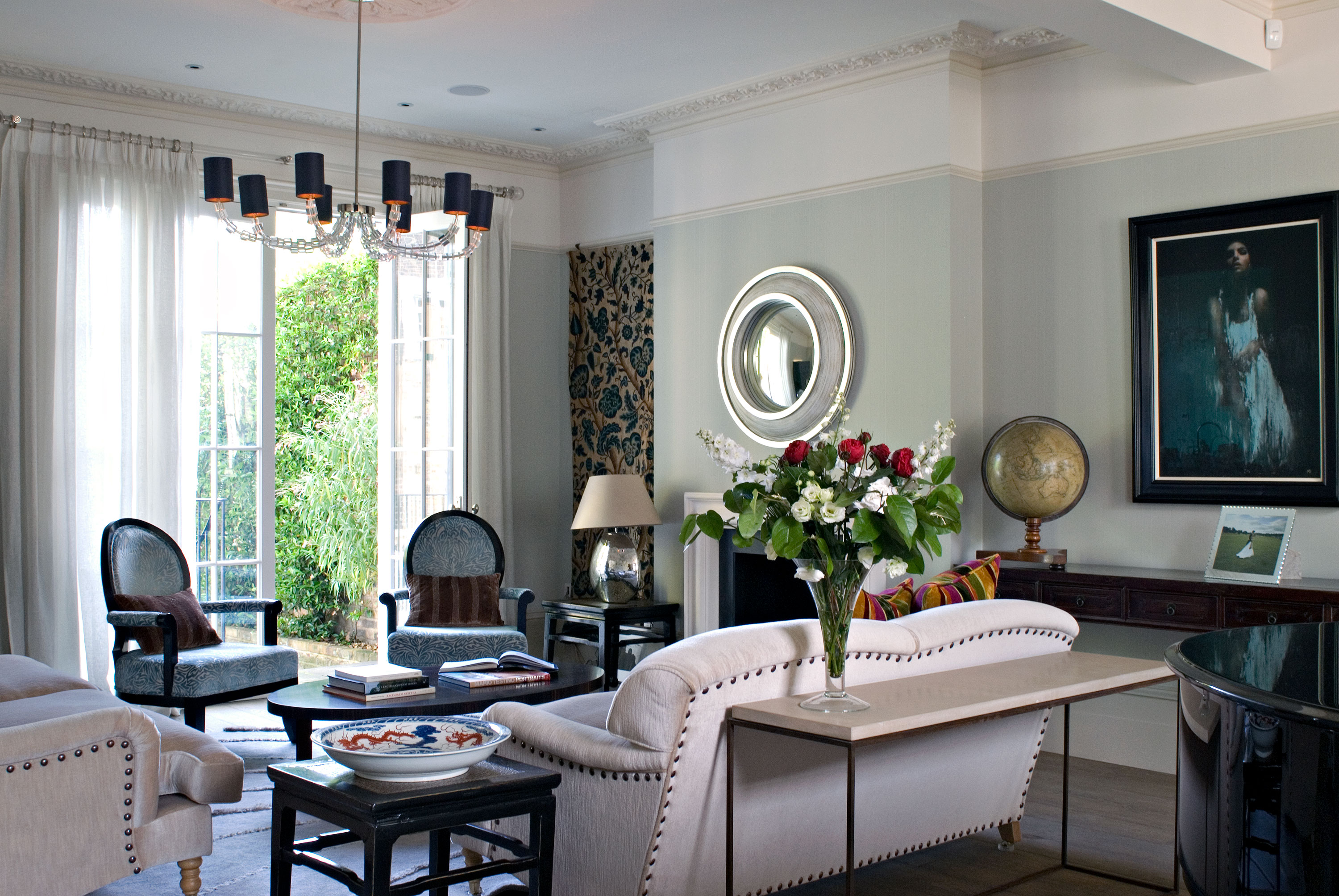Historical Context and Origins of Regency Interior Design

The Regency period in England, spanning from 1811 to 1820, witnessed a significant shift in artistic and design sensibilities. Regency interior design emerged as a distinct style, influenced by a confluence of historical, cultural, and societal factors.
The Napoleonic Wars, which raged across Europe during this period, had a profound impact on British society. The country’s newfound prosperity and sense of national pride fostered a desire for opulence and grandeur in domestic spaces. This desire was further fueled by the rise of the middle class, who sought to emulate the lavish lifestyles of the aristocracy.
Regency interior design is known for its light and airy feel, with an emphasis on natural light and bright colors. However, dark house interiors can also be quite stylish, especially when done well. By using dark colors and moody lighting, you can create a space that is both sophisticated and inviting.
Just be sure to use plenty of natural light to keep the space from feeling too heavy.
Origins and Development
Regency interior design emerged as a reaction against the heavy and ornate styles that had dominated the Georgian era. It embraced a lighter, more delicate aesthetic, characterized by clean lines, simple forms, and an emphasis on comfort and functionality.
The regency interior design style is characterized by its elegance and sophistication. It is often associated with the Regency period in England, which lasted from 1811 to 1820. Regency interior design is known for its use of light colors, delicate fabrics, and graceful furniture.
It is also often characterized by its use of chinoiserie, which is a style that incorporates Chinese motifs. While regency interior design is often associated with a more traditional style, it can also be updated to create a more chic interior.
For example, by incorporating modern furniture and fabrics, you can create a regency interior design that is both stylish and timeless. For more ideas on how to create a chic interior, you can visit this website.
The Regency style was heavily influenced by classical architecture and the designs of ancient Greece and Rome. Architects and designers such as John Nash, Sir John Soane, and Robert Adam played a pivotal role in shaping the Regency aesthetic.
Influential Architects and Designers
- John Nash was responsible for the design of many iconic Regency buildings, including Buckingham Palace and the Royal Pavilion in Brighton.
- Sir John Soane was known for his innovative use of space and light, as well as his eclectic collection of architectural fragments.
- Robert Adam was a leading exponent of the neoclassical style, which heavily influenced Regency interior design.
Characteristics and Elements of Regency Interior Design

Regency interior design is characterized by its light, airy colors, delicate patterns, and classical motifs. It is a style that emerged in England during the early 19th century and was influenced by the Regency period, which lasted from 1811 to 1820. Regency interiors are known for their elegance and sophistication, and they often feature a mix of traditional and modern elements.
Light, Airy Colors and Delicate Patterns
One of the most distinctive features of Regency interior design is its use of light, airy colors. These colors, such as white, cream, and pale yellow, help to create a sense of spaciousness and elegance. Delicate patterns, such as stripes, florals, and paisleys, are also commonly used in Regency interiors. These patterns add a touch of femininity and charm to the space.
Classical Motifs
Regency interior design also incorporates classical motifs, such as Greek and Roman architectural details. These motifs can be seen in the use of columns, pilasters, and pediments. Classical motifs add a sense of grandeur and sophistication to Regency interiors.
Typical Regency Furniture, Textiles, and Decorative Accessories
Typical Regency furniture is characterized by its clean lines and simple shapes. Chairs and sofas are often upholstered in light-colored fabrics, such as silk or velvet. Tables and cabinets are often made of mahogany or rosewood. Regency textiles often feature delicate patterns, such as stripes, florals, and paisleys. Decorative accessories, such as mirrors, clocks, and candlesticks, are often made of brass or silver.
Influence and Legacy of Regency Interior Design

The Regency period left a lasting legacy on interior design, influencing subsequent styles and movements while also experiencing a revival in the 20th century.
During the Victorian era, Regency design elements were incorporated into the more elaborate and ornate interiors of the time. In the early 20th century, the Arts and Crafts movement drew inspiration from Regency’s emphasis on simplicity and functionality.
Revival of Regency Style in the 20th Century, Regency interior design
The Regency style experienced a significant revival in the 1920s and 1930s, coinciding with the Art Deco movement. Designers sought to recapture the elegance and refinement of the Regency period, incorporating its characteristic motifs and color schemes into modern interiors.
The revival of Regency style continued in the post-World War II era, as people sought to create homes that were both stylish and comfortable. Regency design elements, such as light colors, delicate patterns, and comfortable furniture, were well-suited to the smaller homes and apartments of the time.
Contemporary Applications
In contemporary interior design, Regency elements are often used to create a sense of timeless elegance and sophistication. Modern interiors may incorporate Regency-inspired furniture, such as upholstered chairs with curved backs and tapered legs, or use light and airy color schemes with accents of gold or silver.
Regency-style wallpapers and fabrics, with their delicate patterns and soft hues, can add a touch of classic charm to any room. Designers may also incorporate Regency-inspired lighting fixtures, such as chandeliers with crystal droplets or sconces with curved arms, to complete the look.